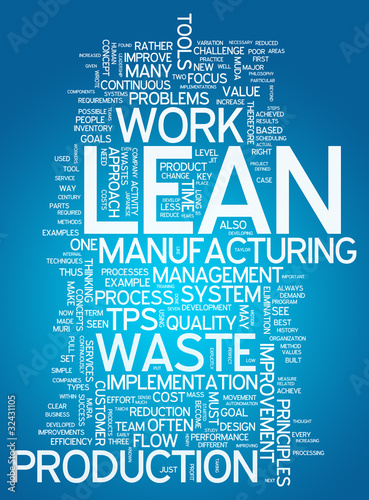Research and development need not always be complex and expensive. R and D Tax Credits can make a great difference to your company’s financial development and innovation potential.
Our government has continued the last administration’s commitments in providing tax credit opportunities to innovative enterprises. To date, this has helped businesses carrying out R and D to the total tune of £5.6bn. Yet, there is often reticence by many companies to claim the corporation tax help for which they are eligible. Each company will have its reasons for applying or not applying. However, there are common misconceptions about viability that we hope to challenge in this blog:
Myth 1: You’ll need to do ‘never-done-before’ R and D
Fact: Eligibility doesn’t mean brand new R and D
To claim, you don’t have to come up up with completely new R and D. Unless a company’s knowledge has been in the public domain, any duplication of research and development may well still qualify. This marks a change from the original R and D tax credit scheme rules.
Myth 2: Applications are relatively easy, reflecting the fact that you can only get small amounts of money
Fact: Tax credits need not be peppercorn.
Credits claimed may be substantial. Making a claim and qualifying is not an onerous process, but this does not mean peppercorn sums. For example, under some circumstances, the tax credits released on a company’s qualifying expenditure can be as much as 56%.
Myth 3: It’s for large companies
Fact: The R and D Tax credit scheme is designed as a workable SME alternative to the R and D tax relief scheme for larger businesses.
Size often matters in terms of a company’s ability to do R and D. But so does context. Given that we are not necessarily talking about needing groundbreaking research to qualify, or the employment of additional scientists and technologists, or hefty expenditure on laboratories and equipment, the scheme is designed to fit comfortably into the operations of small and medium-sized businesses.

(Image: www.fotolalia.com )
So having established a few vital truths, how is the viability of a claim decided?
The activity has to be for a project that attempts to:
- Advance the level of knowledge in a field of science/technology and
- Resolve scientific or technological uncertainty
This is a very broad definition, so it can also help to remember that:
- Only part of a project may be thought of as ‘difficult’ R&D but frequently large routine elements will also qualify if they are essential to proving the R&D
- You do not need to share that information with anyone else in the industry
- Success of the project is not essential
R&D costs eligible for the incentive are as follows:
- Staffing costs – including salary, national insurance costs, pension contributions
- Consumable and transformable materials – materials consumed/transformed in the R&D process, as well as software used directly in the R&D
- Limited overhead payments for power, fuel and water
- Externally provided workers, including agency staff and sub-contractors

(Image: www.rgbstock.com )
If your claim fits the above criteria, you may well be in with a good chance of a successful claim. You may think that your R and D is what you do in your ordinary workaday life, but these workaday activities could well be worth many thousands of pounds in saved or reclaimed corporation tax.
Phil Arch
Phil is an Associate at Business Solutions ( www.bsmidlands.co.uk ) and a member of Birmingham Science City’s Digital Working Group





